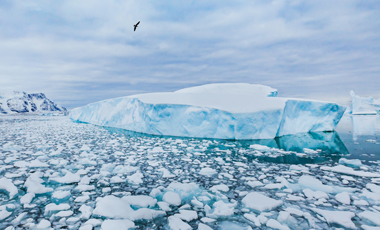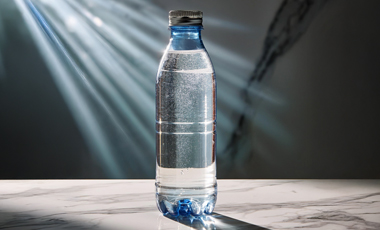

Did you know that fish have been eating microplastics since the 1950s... and so have we?
Every week we ingest the equivalent of a credit card's worth of microplastics.
Since plastic became a mass material in the 1950s, microplastics - tiny particles created by the fragmentation of this material - have invaded seas, oceans, and our food chains. According to a recent study, the amount of microplastics in fish has increased in proportion to global plastic production. Worryingly, these particles are also finding their way onto our plates.
These microplastics are not just harmless debris. Studies have shown that they can chemically bind to contaminants such as heavy metals and other toxic substances in the water. This means that by eating fish, we could also be ingesting these contaminants, which has been linked to problems such as immune response, cytotoxicity, and other adverse health effects.
Although this problem may seem new, it has been developing for decades. Researchers have found that the levels of microplastics in the digestive tracts of fish have skyrocketed since the 1950s, coinciding with the boom in plastic production.
This finding invites us to reflect: is it worth sacrificing the health of the planet and ourselves for the convenience of single-use plastics?
The solution is in our hands. Reducing the use of single-use plastics, choosing sustainable alternatives, and demanding responsible policies at the global level are key steps to changing this reality. The ocean unites us all, and so do the issues that affect it.
Change begins with small actions. What are you doing to reduce your plastic use?
Other related news
-
Microplastics

Silent Threat: Plastic Microbes in Antarctica
Antarctica, considered one of the last bastions of purity on our planet, faces a growing threat from plastic pollution.
-
Microplastics

Did you know that one liter of bottled water can contain 250,000 nanoparticles?
Reducing the use of plastics is key to protecting our health and our planet.
-
Microplastics

Researchers find microplastics in fish from two Ecuadorian Amazon rivers
Microplastics are fragments smaller than five millimeters. They can contain toxic chemicals and absorb pollutants from the environment. Their presence in ecosystems is considered a public health problem.
-
Innovation

Innovation in plasticizable materials
We believe that the future doesn't need more fossil plastics, but alternatives that respect the natural cycle of life.
